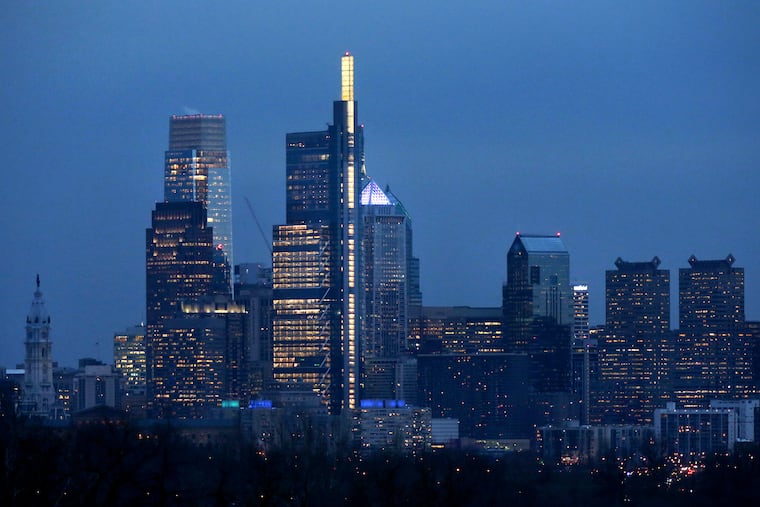Philly’s rise is still a tale of two cities | Editorial
National Geographic has declared Philadelphia one of the 25 best places in the world to visit next year. But some visitors might be surprised by what they find.

Of all the places National Geographic could have picked as one of “the planet’s 25 most exciting destinations” for 2020, it recently chose Philadelphia — the only U.S. city on the list. We’re thankful our city earned this recognition, not only because we remember when it wouldn’t have been considered, let alone included, on any such list, but because 20 years of surging vitality in Central Philadelphia and across many neighborhoods have helped make this a city that really does love you back.
Depending on who you are and where you live, that is.
While it’s good news that a venerable publication perceives Philadelphia as a nice place to visit, the reality — whether people want to live here, and the quality of life for residents in neighborhoods well outside Center City’s bustling orbit — is far more important. The enthusiasms of travel writers also could prove to be a mixed blessing: Visitors who decide to go off the guided tour grid may get to know the city that 60,000 people leave annually, as well as the Philadelphia of grinding and, too often, life-extinguishing poverty, gun violence, and addiction.
The magazine’s mini-celebration of the murals, funky art happenings, and other gritty yet shiny talismans of a rebooted Philadelphia can serve as a reminder of the power of creatively marshaling public, private, and community resources. Perhaps it can also be a call to action for ambitious civic endeavors in other communities as well.
This is not the first time that the city has received positive attention, nor the first time that this attention serves as a reminder of the two very different cities Philadelphia represents. One of those cities gets resources and energy, with grand results. The other one — where 26% of the city’s people live in poverty, the highest rate among America’s biggest cities — remains stubbornly resistant to transformation. Is there a lesson here?
Center City and surrounding neighborhoods that proved so compelling to National Geographic rebounded not because of one mayor or one developer’s mega-project, but because enough people who live here played a part in the planning, execution, and follow-up. Those many “middle” and other neighborhoods distant from Center City’s orbit need the same long-term commitment.
» READ MORE: Philly cops are used to tragedy. But 6 kids shot in a month can crack their ‘emotional shell.’
» READ MORE: Council reached consensus on ten-year-tax abatement reform. They should show their work to the public. | Editorial
» READ MORE: New use for bankrupt Philly refinery? City wants something ‘cleaner, safer for Philadelphians’
While the national media attention is welcome, we’re frankly more excited by news that will impact the people who live here. Last week, the Kenney administration announced that Philly’s credit rating outlook has been upgraded from stable to positive by S&P Global, which cited the health of Philadelphia’s economy as a major factor. While not as glamorous as art openings or new dining spots, the sort of effort that got the nod from S&P is essential to making Philadelphia work for all Philadelphians.
So thanks go to both S&P and National Geographic. We liked that National Geographic’s top 2020 destinations story praised our "traditionally Italian neighborhood famous for cheesesteaks now sprouting vegan-punk-metal coffeehouses.” And we especially liked how it compared our resurgence to those of other post-industrial cities such as Cleveland and declared: “Philly is like [them] but better.”
Now that’s something for which this city really can give thanks.